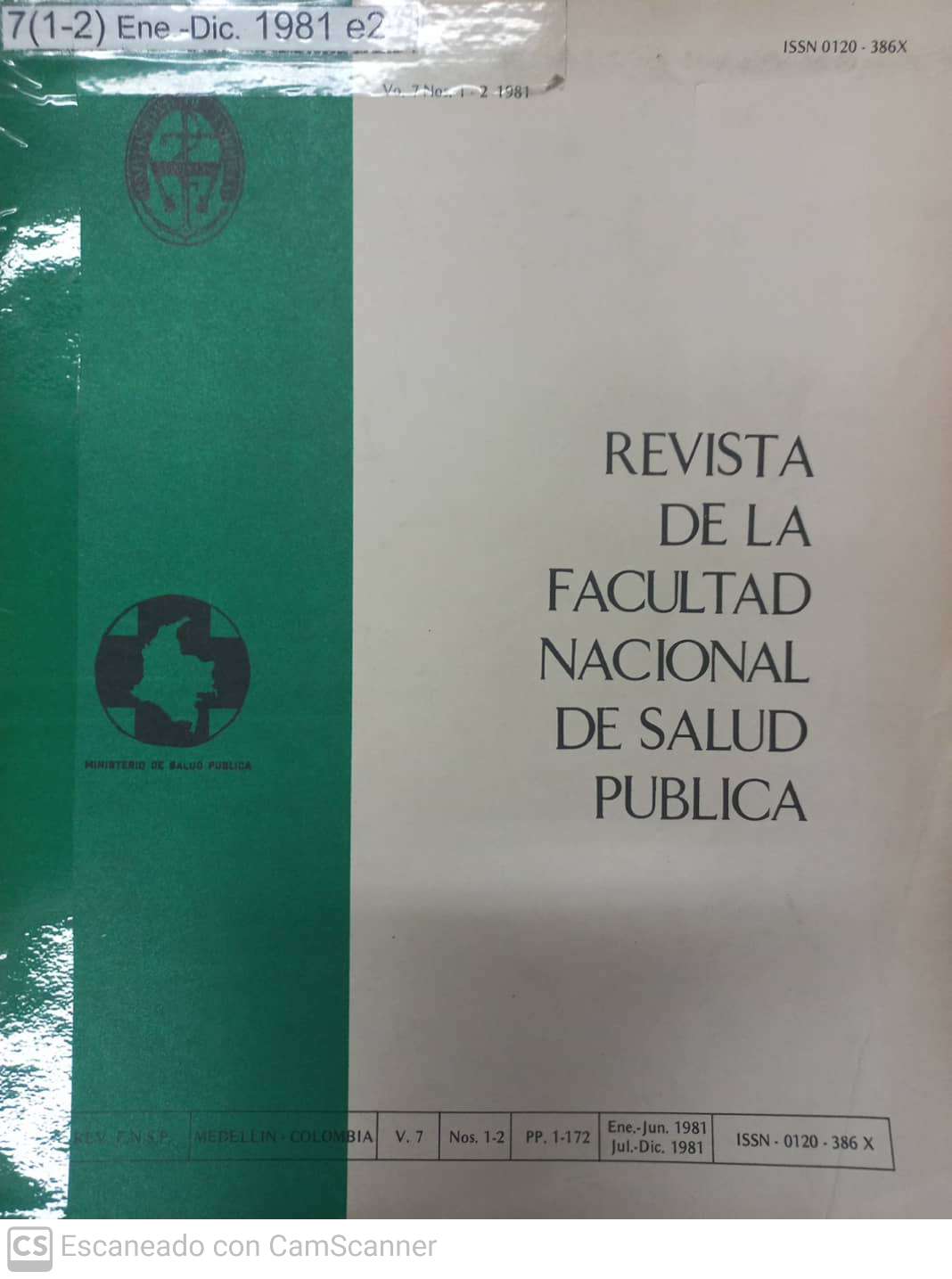TOXICOLOGÍA INDUSTRIAL
Resumo
Los problemas de salud que se presentan en los trabajadores no dependen siempre de éstos, sino que tienen relación directa con los riesgos presentes en el medio laboral y con las formas en que se realiza la actividad productiva.
Dentro del modo de producción capitalista en el cual trabajamos se dan desigualdades entre sectores, actividades económicas y clases sociales que repercu- ten directamente en las condiciones de vida y trabajo de la población económicamente activa y por ende en el desgaste de la fuerza laboral en general y en su salud, en particular.
La toxicología etimológicamente se define como el estudio e investigación de los venenos. Hablamos de tóxicos al referirnos a sustancias que puestas en con- tacto con el organismo por cualquier vía y por efec- tos químicos y físico-químicos producen alteraciones funcionales u orgánicas incompatibles con la salud.
Dentro de la toxicología general, viene tomando cada día mayor auge el estudio de los riesgos específicos en los sitios de trabajo.
Corresponde a la toxicología industrial estudiar y analizar el comportamiento de los riesgos químicos y físicos en los trabajadores expuestos así como las formas de trabajo dentro de las cuales laboran.
Downloads
Referências
Francone, M.P. Toxicología. Buenos Aires, Aedos, 1963.
Amondru, C. Neumoconiosis del minero del carbón. Medellín, Universidad Nacional, Facultad de Minas, 1978, 49 p.
Organización Internacional del Trabajo. Occupational exposure limits for airborne toxic substances. Geneve 1977. (Occupational Safety and Health Series, 37).
Colombia, Ministerio de Trabajo. Estatuto de Seguri dad. Resolución No. 02400 de mayo 22 de 1979. Bo- gotá, 1979.
Patty, F. Industrial Hygiene and toxicology. 2a. ed., New York, Interscience, 1965, v. 2.
Oficina Sanitaria Panamericana. Riesgos del ambiente humano para la salud. Washington, 1976, 359 p. (Pu- blicación científica, 329).
Niosh Osha. Packet guide to chemical hazards. Washington, 1978.
Institute of Occupational Health, Helsinki, Second International course in industrial toxicology. Helsinki, 1977.
Goodman, L.S. et al. Bases farmacológicas de la terapéutica. 4a. ed. México, Interamericana, 1974.
Golstein, A. et al. Farmacología, 2a ed. México, Inter- americana, 1978.
Gussen G.I. Utilización de plaguicidas y fertilizantes químicos; informe presentado al 70. Congreso Mundial de Prevención de Riesgos Profesionales. Dublín, 1974.
Proctor, N.H. and James, H. Chemical hazards in the workplace. Philadelphia, 1978.
Oyanguren, H. Los índices biológicos en Salud Ocupa- cional: su significado y aplicación reglamentaria. Cua- dernos Médico Sociales (Santiago de Chile) 21 (2); 91-4, 1980.
United States Navy. Navy disease vector: ecology and control. Jacksonville, Fla., 1979.
Swedish Work Environmental Fund. Metal interation. Stockholm, 1977.
Jaffe, S.J. Drugs and pregnancy. Clinical Toxicology 13(4): 523, 1978.
Downloads
Publicado
Como Citar
Edição
Seção
Licença
Copyright (c) 2024 Samuel Henao Hernández

Este trabalho está licenciado sob uma licença Creative Commons Attribution-NonCommercial-ShareAlike 4.0 International License.
El autor o los autores conserva(n) los derechos morales y cede(n) los derechos patrimoniales que corresponderán a la Universidad de Antioquia, para publicarlo, distribuir copias electrónicas, incluirlas en servicios de indización, directorios o bases de datos nacionales e internacionales en Acceso Abierto, bajo la licencia Creative Commons Atribución-No Comercial-Compartir Igual 4.0 Internacional Comercial (CC BY-NC-SA) la cual permite a otros distribuir, remezclar, retocar y crear a partir de la obra de modo no comercial, siempre y cuando se dé crédito respectivo y licencien las nuevas creaciones bajo las mismas condiciones.








 --
-- --
-- --
--